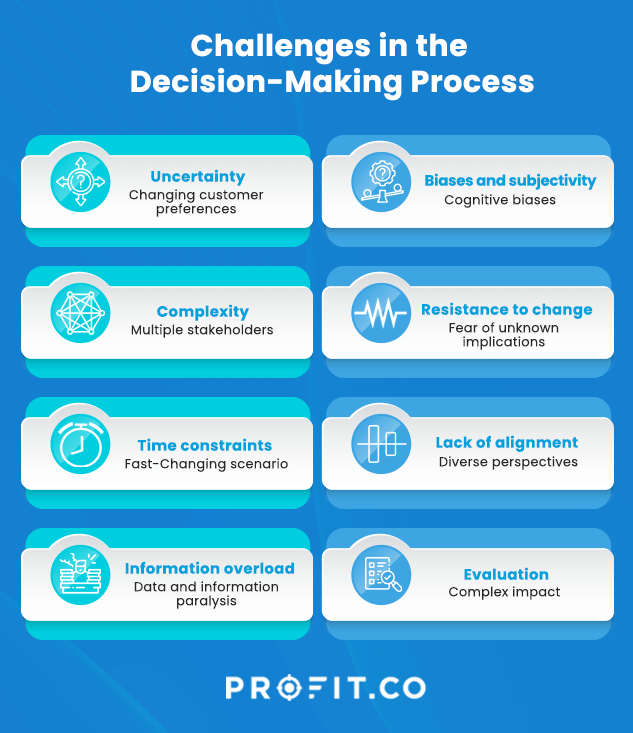Who Makes Decisions In A Corporation
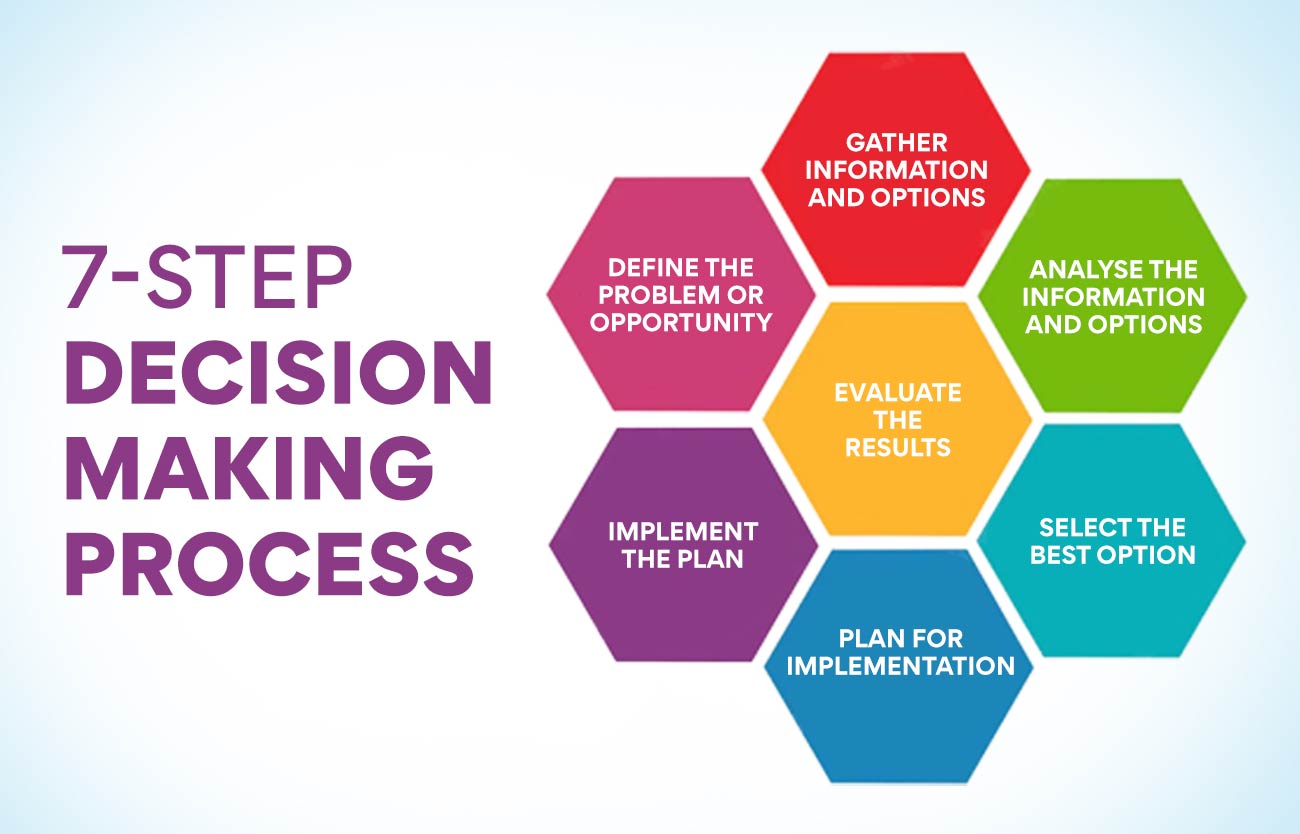
Imagine a bustling city, a vibrant ecosystem of innovation and ambition. Within its gleaming skyscrapers, corporations hum with activity, a collective of individuals striving towards shared goals. But who steers these massive vessels? Who makes the critical decisions that shape their course, impacting not just the company itself, but also its employees, customers, and the wider world?
The answer, as you might suspect, is more nuanced than simply pointing to the CEO. The decision-making power within a corporation is distributed across various layers and roles, each contributing to the overall strategic direction. Understanding this intricate web is key to grasping how these powerful entities operate and how they influence our lives.
The Board of Directors: Setting the Stage
At the very top sits the Board of Directors. Elected by shareholders, the board acts as the governing body, overseeing the corporation's management and ensuring its long-term success. Their primary responsibility is to protect the interests of the shareholders, setting the overall strategic direction and ensuring ethical conduct.
The board appoints and supervises the CEO, evaluating their performance and providing guidance on major decisions. They approve significant investments, mergers, and acquisitions, and monitor the company's financial performance.
Think of them as the navigators, charting the course and ensuring the ship stays afloat.
The C-Suite: Executing the Vision
Below the board lies the C-Suite, a collective of top executives responsible for the day-to-day management of the company. This includes the CEO (Chief Executive Officer), the CFO (Chief Financial Officer), the COO (Chief Operating Officer), and other key leaders.
The CEO is the face of the company, responsible for implementing the board's strategic vision and leading the executive team. They are the primary decision-maker on most operational matters, setting the tone and culture for the entire organization.
The CFO manages the company's finances, ensuring its financial stability and compliance with regulations. The COO oversees the day-to-day operations, ensuring efficiency and productivity across all departments.
Management Teams: Translating Strategy into Action
Beneath the C-Suite are various management teams responsible for specific departments or business units. These teams translate the overall corporate strategy into actionable plans, making decisions within their respective areas of expertise.
For example, the marketing team makes decisions about advertising campaigns and product positioning. The sales team determines pricing strategies and customer outreach efforts.
These teams often have significant autonomy, allowing them to adapt to local market conditions and customer needs. Their decisions, though smaller in scale than those made by the board or the C-Suite, are crucial for the company's overall success.
Shareholders: The Ultimate Owners
While not directly involved in day-to-day decision-making, shareholders hold significant power. They elect the Board of Directors and have the right to vote on major corporate decisions, such as mergers and acquisitions.
Shareholder activism is becoming increasingly prevalent, with investors using their power to influence corporate behavior on issues ranging from environmental sustainability to social justice. Through their investments, they have a powerful voice.
Their influence, whether direct or indirect, shapes the long-term direction of the corporation.
The Importance of Informed Decision-Making
Ultimately, effective decision-making within a corporation requires a collaborative approach, with input from various stakeholders. This includes employees, customers, and even the wider community.
Companies that prioritize transparency and open communication are more likely to make informed decisions that benefit all stakeholders. By fostering a culture of trust and collaboration, corporations can unlock their full potential and create lasting value.
As corporations continue to evolve, so too will the dynamics of decision-making. The key is to embrace a model that is both efficient and equitable, ensuring that the voices of all stakeholders are heard and valued.


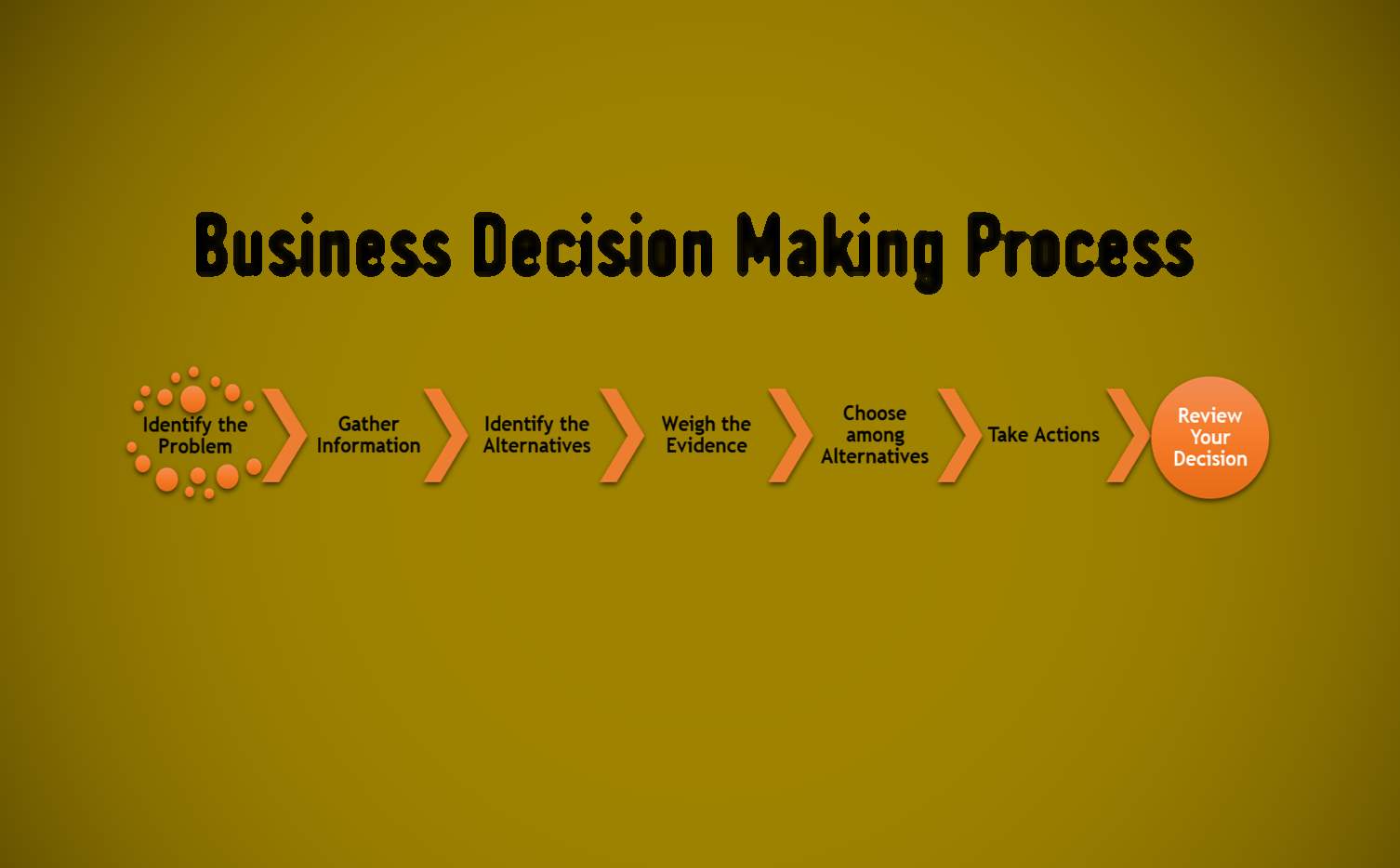
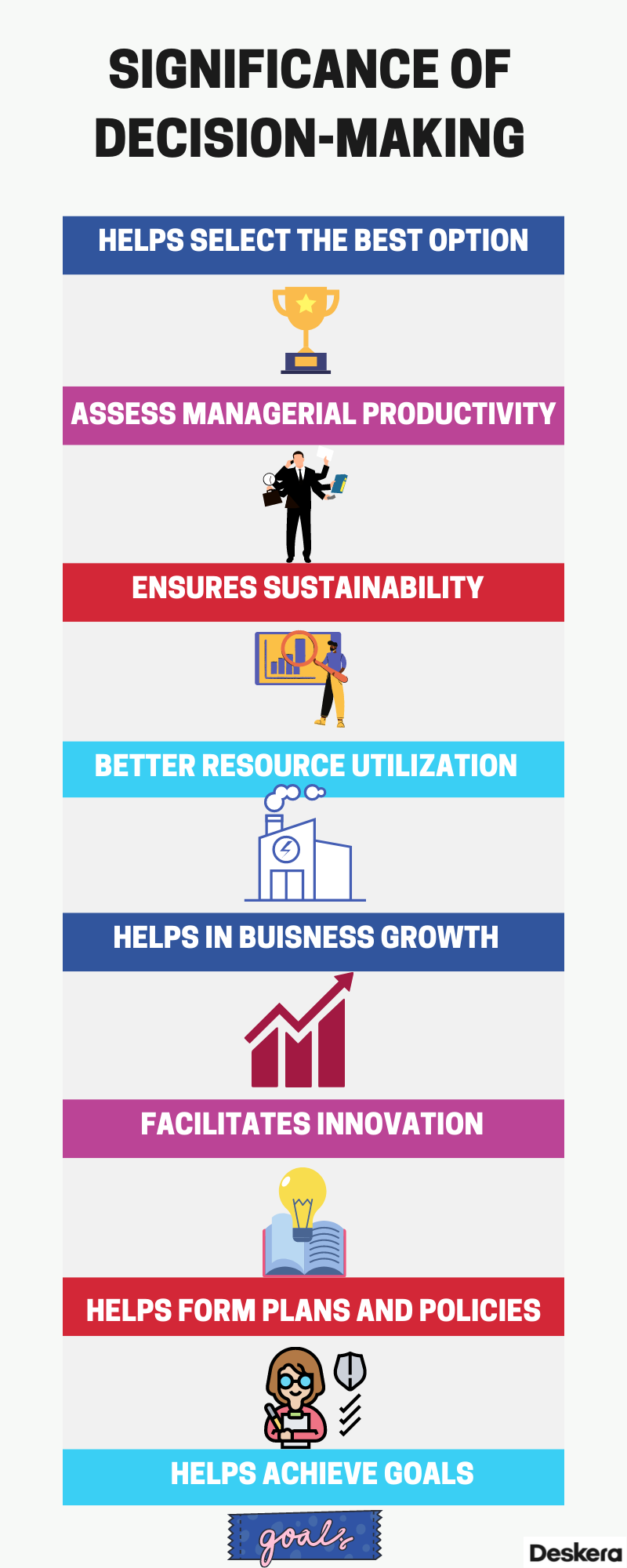


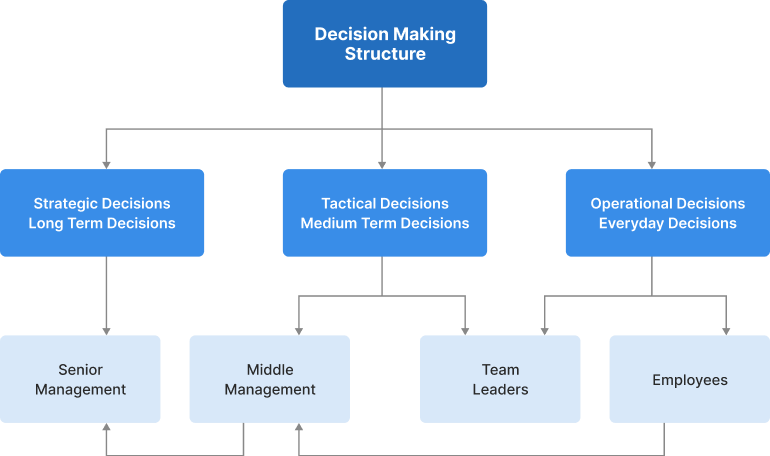

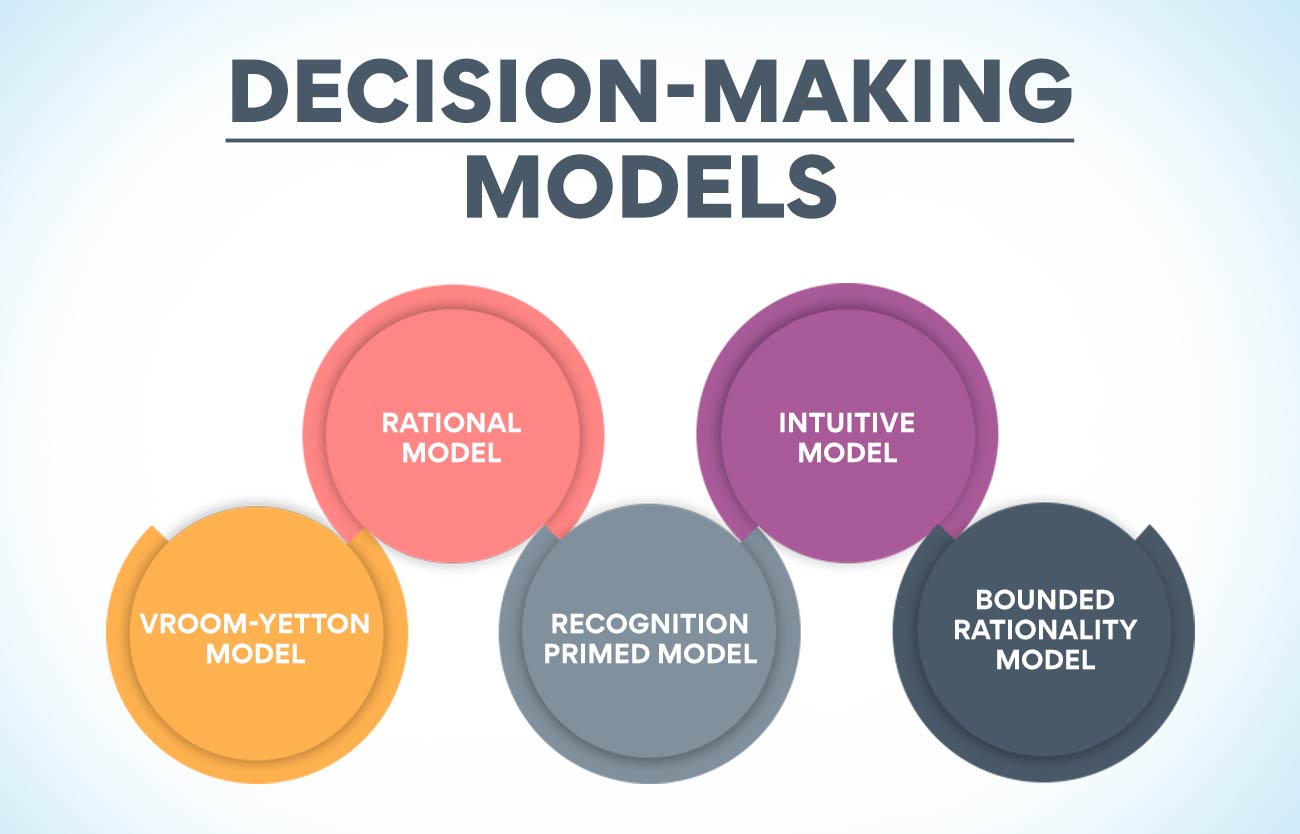


:max_bytes(150000):strip_icc()/decision-making-skills-with-examples-2063748-FINAL-5bad43d946e0fb002688e130.png)





